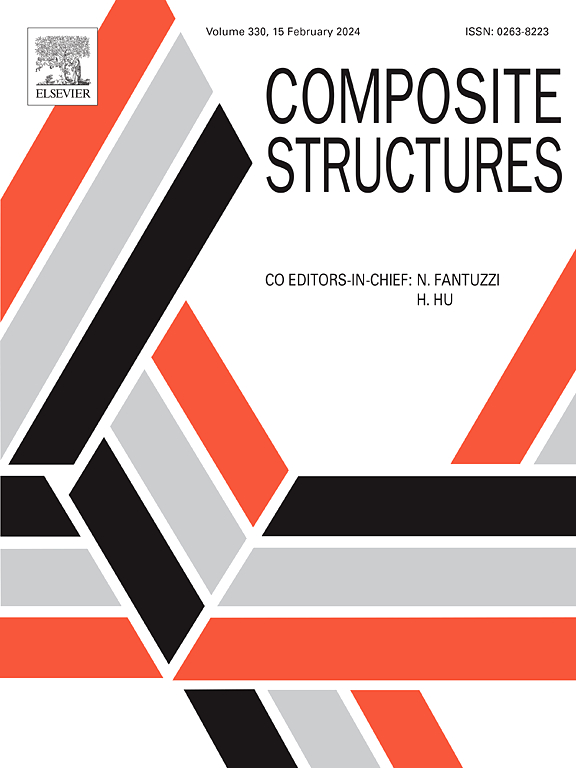Multiscale cracking behavior in the Full Stress-Strain process of recycled concrete with real aggregate morphology
IF 6.3
2区 材料科学
Q1 MATERIALS SCIENCE, COMPOSITES
引用次数: 0
Abstract
The significant amount of waste concrete generated during wars, earthquakes, building demolitions, and urban renewal projects can be processed into recycled aggregates, thus aiding environmental protection and promoting the sustainability of the construction industry. However, the complex mechanical properties of recycled concrete, such as its cracking behavior, considerably limits its application in structural engineering. In this study, a numerical theoretical model of real recycled aggregate concrete (RAC) was established to investigate its mechanical behavior and cracking mechanisms. The model accurately captured the internal crack evolution and stress–strain relationship variation in RAC under uniaxial compressive loading, accounting for the effects of the recycled aggregates, old mortar, interfacial transition zone, type of natural aggregates, and microporosity. The findings of this study can serve as a basis for elucidating RAC failure mechanisms and highlight the impact of recycled aggregates on structural concrete design.
求助全文
约1分钟内获得全文
求助全文
来源期刊

Composite Structures
工程技术-材料科学:复合
CiteScore
12.00
自引率
12.70%
发文量
1246
审稿时长
78 days
期刊介绍:
The past few decades have seen outstanding advances in the use of composite materials in structural applications. There can be little doubt that, within engineering circles, composites have revolutionised traditional design concepts and made possible an unparalleled range of new and exciting possibilities as viable materials for construction. Composite Structures, an International Journal, disseminates knowledge between users, manufacturers, designers and researchers involved in structures or structural components manufactured using composite materials.
The journal publishes papers which contribute to knowledge in the use of composite materials in engineering structures. Papers deal with design, research and development studies, experimental investigations, theoretical analysis and fabrication techniques relevant to the application of composites in load-bearing components for assemblies, ranging from individual components such as plates and shells to complete composite structures.
 求助内容:
求助内容: 应助结果提醒方式:
应助结果提醒方式:


